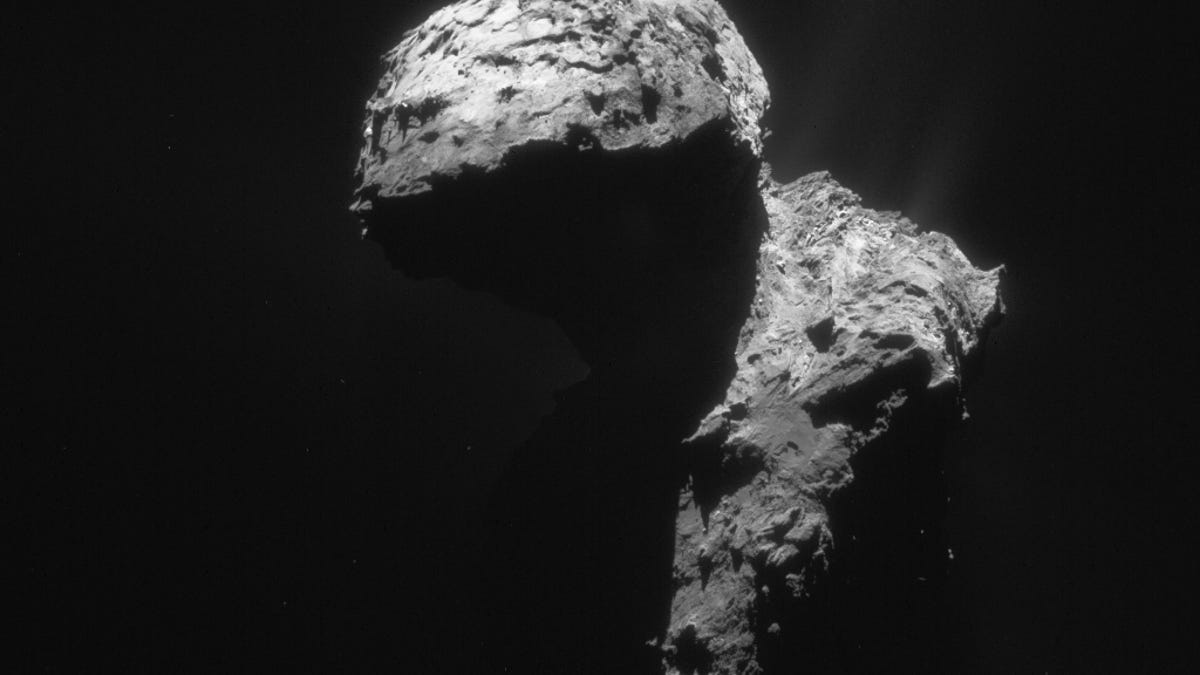Goodbye, Philae: Rosetta's comet lander lost forever
The European Space Agency bids a bittersweet final farewell to the comet lander that got lost in the shadows.
Everything about the Rosetta comet mission has been epic. It took 10 years for the spacecraft to reach Comet 67P/Churyumov-Gerasimenko, which it did in 2014. Rosetta then sent its plucky little lander Philae down to the comet's surface, but a faulty thruster landed it in shadows. Unable to charge itself properly, Philae floated in and out of contact. The Rosetta team last heard from Philae way back in July 2015. It's been silent ever since.
The ESA announced that the Electrical Support System Processor Unit (ESS) on Rosetta will be switched off on Wednesday. The ESS enables communications between Rosetta and Philae. This severs the final thread of hope for contact from the lander. The move is aimed at conserving power on board Rosetta as it nears the final days of its comet-studying mission.
Rosetta is scheduled to wrap up its mission by descending to the comet's surface on September 30. The comet is currently heading away from the sun, which saps the spacecraft of the solar power it needs to continue operations. There is a sense of poetry to Rosetta rejoining its lander on the comet. It may mark the end of Rosetta's activities, but scientists involved in the mission will stay busy for years studying the data sent back by both the craft and the lander.


